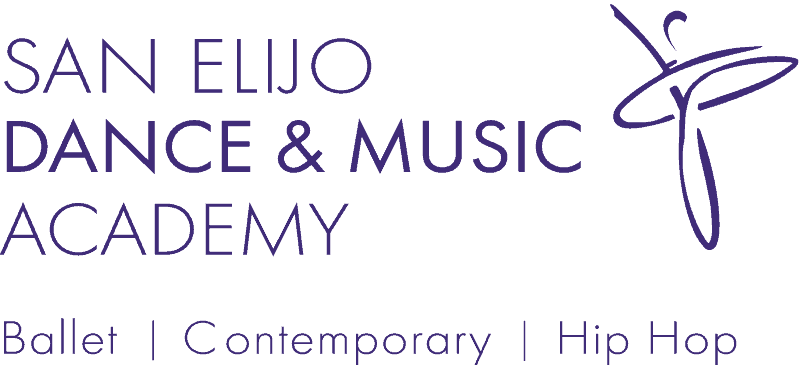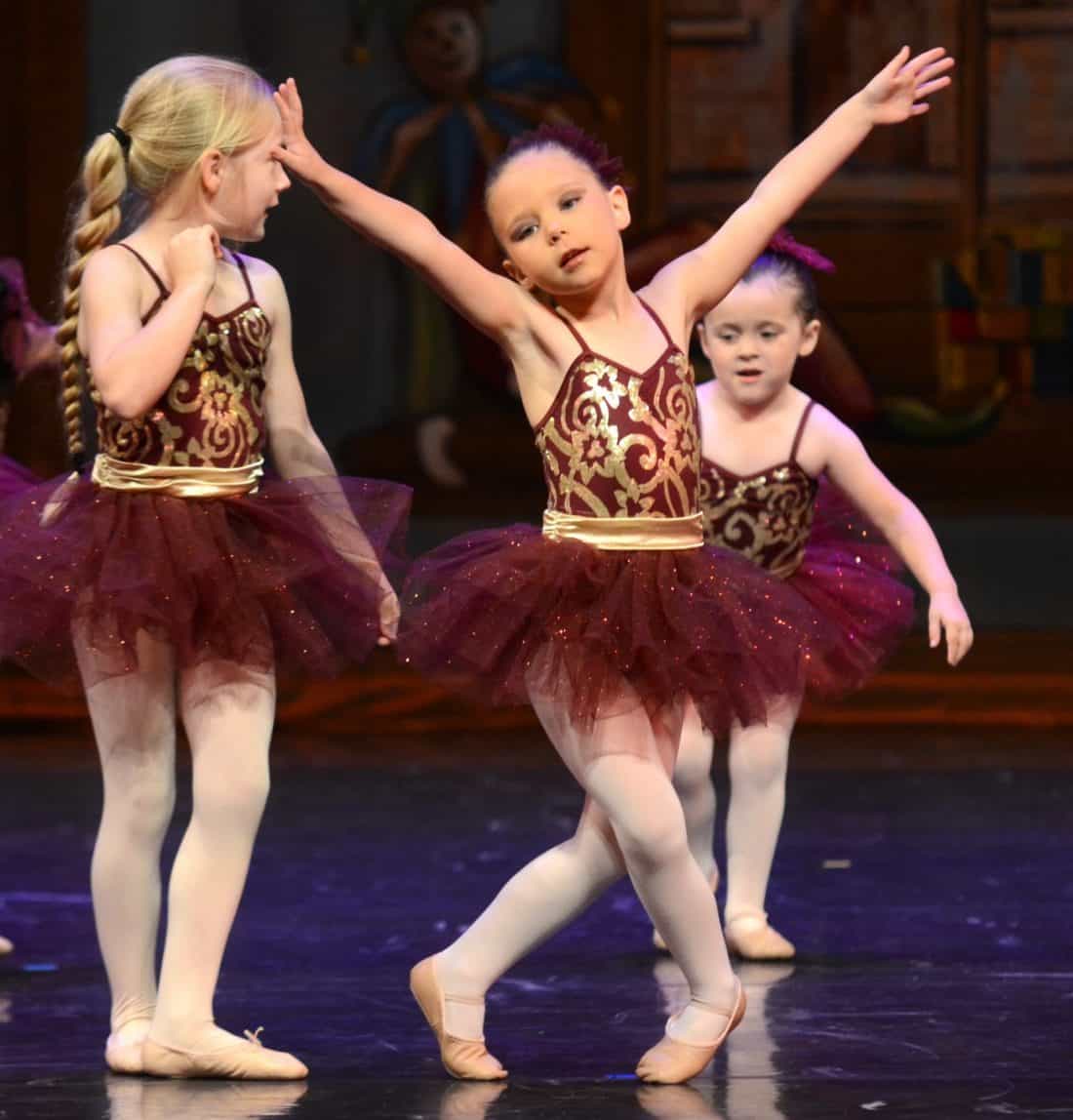Have you been humming and hawing over enrolling your child in dance?
Let’s face it, not every child is cut out for team sports such as soccer or hockey. On the other hand, some children learn and enjoy best when placed in a more individualized setting such as dance.
While dance is often conducted in a group setting, it allows children to learn and develop as an individual. It also happens to benefit them physically, mentally and spiritually.
So, what are the benefits of learning dancing? As it turns out, the art of dance is more than just a weekly dose of exercise and physicality. Read on to discover the seven key advantages of enrolling your child in his or her first dance class!
1. Confidence
Many child psychologists would argue that there’s very little more important than a child’s confidence.
Remember, confidence is a trait that we aren’t always born with. Instead, confidence is something that we learn and develops as we grow. This is why encouraging your child’s inner confidence from such a young age is so rewarding.
So, how does dance play into this?
Dance helps to teach young children about the concept of physical confidence. From a young age, this is going to encourage children to maintain a positive relationship with their body and appreciate it’s capabilities. When we consider that children as young as three years old can experience body image issues, it’s simple to understand this importance.
2. Positive Scheduling
It’s beneficial for children to keep busy and have dedicated schedules.
When a child is responsible for being in the same place at the same time each week, it teaches them consistency. Dance also teaches about the importance of being accountable.
With a dance class, children are expected to show up on time and be prepared for class. They also may be expected to have practiced their routine and be held to a certain standard for that next class.
As children develop into teenagers and adults, their responsibilities are only going to grow more complicated. Learning how to manage a schedule from a young age is sure to provide powerful advantages.
3. Emotional Development
It’s no secret that dance is a simple and effective way to express yourself emotionally.
This notion is especially powerful for children who have difficulty expressing themselves or connecting with their emotions. When emotions run high, dance is a simple way for a child to unleash their feelings without having to express themselves verbally.
For a child, learning how to express your emotions through movement is sure to become a valuable skill. This is a safe outlet for children to release any difficult emotions from stress and anxiety to sadness or anger.
4. Socialization
It’s safe to say that dance is a very social and engaging activity for kids.
This is a great way for children to learn the art of socialization from a young age. Here, children can learn how to interact with a range of other children. In bonding over a shared interest and activity, children are better equipped to form natural relationships with others.
This is where your children will learn a number of interpersonal skills, the art of teamwork, leadership, and patience. These are all skills and characteristics that will be helpful to possess as they grow. Here, children can meet with older leaders that provide a positive role model moving forward in their life.
It’s also an excellent means of encouraging children to develop lifelong friendships. After all, many children grow within the same dance center as they progress into tweens, teens and even adolescents. This is a great basis to form meaningful relationships.
5. Exercise
Of course, one of the most obvious advantages of dance is that it provides exercise.
Generally speaking, children are recommended to engage in a minimum of sixty minutes of physical activity per day. With a growing taste for technology and devices, many children are failing to reach this minimum.
Dance allows for a fun and exciting environment to practice their physical activity. In most cases, young children won’t even register that the dance routines they love so much are classified as exercise.
Dance is also a great way to improve a child’s flexibility, stamina, range of motion, and overall strength. This is going to help them in a number of other sports and activities.
6. Self-Discipline
Far too often, the self-discipline we are taught as children feels forceful and bleak. When this happens, the effectiveness of such discipline is often lost.
This is why teaching children about self-discipline in a way that is fun has proven to be so effective. With dance, children practice self-discipline on a routine basis.
They learn that their actions affect both themselves as those around them. This understanding is going to be incredibly helpful and beneficial to them as they age.
7. Growth
As a child grows, their interests are going to continue to change. Fortunately, there are various forms of dance that can accommodate such a change in interests. While a child may begin their dance life with ballet, this may progress into contemporary dance as they grow older.
As children grow in their love for dance, they’ll discover more and more forms in which they can practice.
The Benefits of Learning Dancing
So, why encourage the art of learning dancing?
It’s been said time and time again that the benefits of learning dancing are immeasurable. After all, there’s no denying that socializing and exercising on a routine basis is beneficial to children. Most importantly, it’s also important to note that dance classes are incredibly fun and entertaining!
If you’re considering enrolling your children in dance class, why not start today? For answers to our most common questions, be sure to visit our FAQ page!


